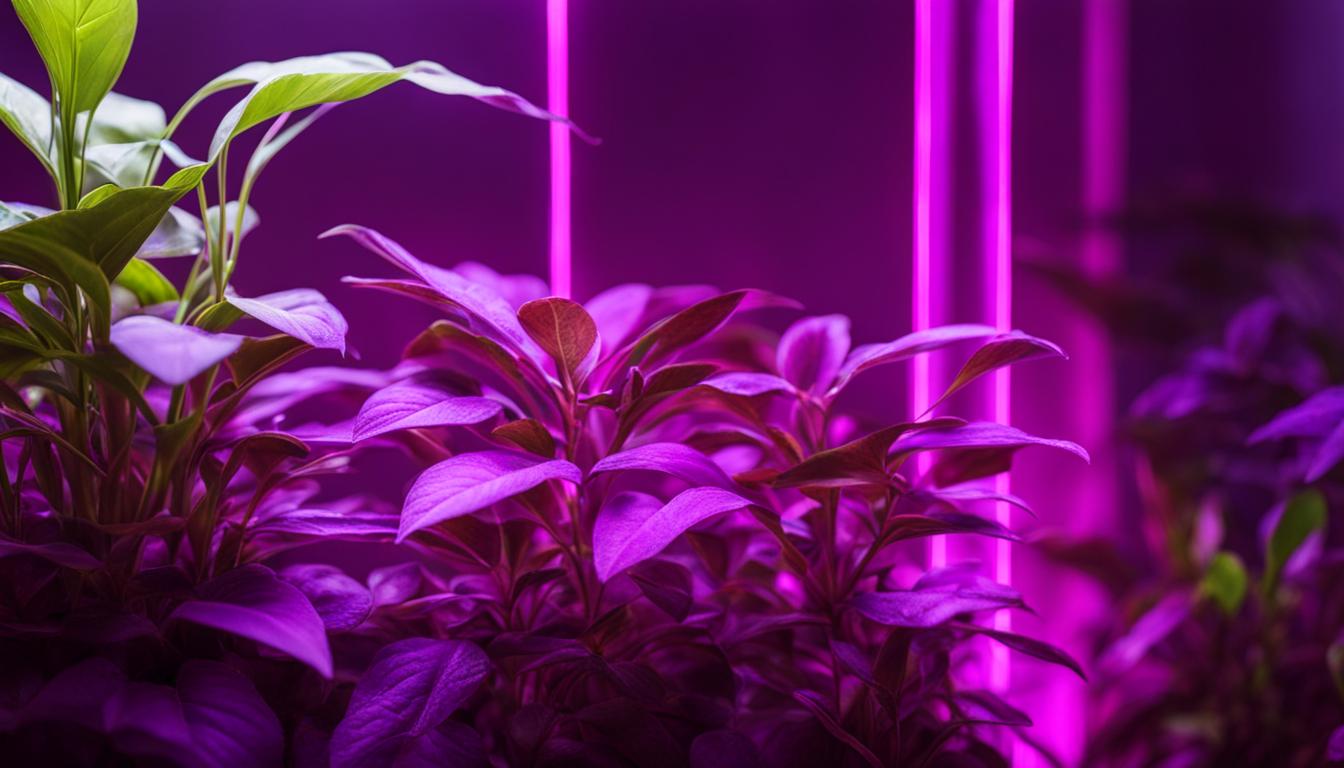
Sure, all plants need light, but the amount they need can vary quite a bit. A space with a sunny window may be all your low-light houseplants need to do just fine, but other indoor plants demand brighter, more consistent amounts of light to grow properly.
For example, if you’re starting veggie seedlings for your spring garden, coaxing a blooming houseplant to produce flowers, or even raising fresh herbs on your kitchen countertop, the right grow light is your friend.
Depending on what you’re growing, here’s what you need to know to choose the best lights for your home and your plants.
Key Takeaways:
- Consider the specific light requirements of your plants when choosing grow lights.
- LED grow lights offer several advantages, including energy efficiency and longer lifespan.
- Fluorescent grow lights are more affordable upfront but have a shorter lifespan and consume more energy.
- Calculate the wattage needed based on the square footage of your growing area.
- Proper placement and distance from the plants are crucial for optimal growth.
Which Type of Grow Light is Best for Your Plants?
When it comes to choosing the best grow lights for your plants, there are two main types to consider: LED grow lights and fluorescent grow lights. LED grow lights have gained popularity in recent years due to their energy efficiency and longevity.
They use less electricity, emit less heat, and can last much longer compared to fluorescent bulbs. LED lights are also available in a wide range of colors, allowing you to customize the light spectrum for your plants’ specific needs.
On the other hand, fluorescent grow lights are more affordable upfront but tend to consume more energy and have a shorter lifespan. They can still provide a decent spectrum of light for plant growth, making them a more budget-friendly option.
If energy efficiency and long-term cost savings are important to you, LED grow lights may be the better choice.
In terms of light spectrum, both LED and fluorescent bulbs can provide the full range of light that plants need for healthy growth.
But, LED lights have the advantage of being able to deliver a more targeted spectrum, with customizable ratios of red and blue light. This makes them ideal for specific growth stages like vegetative growth and flowering.
| LED Grow Lights | Fluorescent Grow Lights |
|---|---|
| Energy-efficient | Affordable upfront cost |
| Long lifespan | Shorter lifespan compared to LED lights |
| Customizable spectrum | Decent spectrum for plant growth |
| Less heat emissions | May generate more heat |
Ultimately, the choice between LED grow lights and fluorescent grow lights will depend on your specific needs and budget. Consider factors like energy efficiency, lifespan, and light spectrum customization when making your decision.
LED grow lights offer long-term cost savings and the ability to tailor the light spectrum to your plants’ requirements, while fluorescent lights provide a more affordable upfront option. Assess your priorities and select the grow lights that will create the optimal environment for your plants to thrive.
Factors to Consider When Choosing Grow Lights
When selecting grow lights for your plants, it’s important to consider several factors to ensure optimal growth and health. By taking these factors into account, you can choose grow lights that meet your plants’ specific needs and create an ideal indoor environment.
1. Plant-specific Light Requirements
Different plants have varying light requirements. Some plants thrive in lower light levels, while others need more intense light. Before choosing grow lights, consider the specific light needs of your plants. This information can usually be found on seed packaging or plant tags. Understanding your plants’ light requirements will help you choose the right grow lights to support their growth.
2. Size of Growing Space
The size of your growing space is another important factor to consider. The wattage of the grow lights you choose should be adequate to illuminate the entire growing area. To determine the wattage needed, calculate the square footage of your growing space and use the recommended wattage per square foot. This will ensure that your plants receive sufficient light for healthy growth.
3. Cost and Energy Efficiency
Cost and energy efficiency are key considerations when selecting grow lights. LED lights, although more expensive upfront, are known for their energy efficiency and long lifespan. While the initial investment may be higher, LED lights can save you money in the long run with lower electricity bills and fewer replacements.
Fluorescent lights are generally more affordable upfront, but they may consume more energy and have a shorter lifespan compared to LED lights. Consider your budget and the long-term cost implications when making your decision.
4. Other Considerations
Other factors to consider when choosing grow lights include heat emissions and safety hazards. LED lights emit less heat compared to fluorescent lights, which can help maintain an optimal temperature for plant growth. LED lights are also mercury-free, reducing the risk of safety hazards associated with broken fluorescent tubes. Additionally, consider the ease of installation and any additional features that may enhance the usability and effectiveness of the grow lights.
| Factors to Consider | Importance |
|---|---|
| Plant-specific Light Requirements | High |
| Size of Growing Space | High |
| Cost and Energy Efficiency | Medium |
| Heat Emissions and Safety Hazards | Low |
Understanding Light Spectrum for Plant Growth
When it comes to indoor plant growth, understanding the light spectrum is crucial for providing your plants with the right type and intensity of light. Different wavelengths of light have varying effects on plant growth, with red light being essential for flowering and blue light promoting vegetative growth. To ensure optimal plant development, it’s important to choose grow lights that provide the necessary light spectrum for each stage of growth.
Full spectrum lights are an ideal choice for promoting overall plant growth as they provide a balanced combination of blue and red light. These lights mimic natural sunlight and offer a wide range of wavelengths that plants need for healthy development. With full spectrum lights, you can provide your plants with the light they need to thrive throughout every stage of growth.
When selecting grow lights, it’s essential to consider the specific light requirements of the plants you are growing. Some plants may require more intense blue light during their vegetative stage, while others may need a higher concentration of red light to promote flowering. Understanding the light spectrum for plant growth allows you to make informed decisions when choosing the right grow lights for your indoor garden.
The Benefits of Full Spectrum Lights
Full spectrum lights offer several advantages for indoor plant growth. Firstly, they provide a balanced combination of blue and red light that supports all stages of plant development. This means you can use full spectrum lights from seedling to harvest without needing to switch between different light sources.
Additionally, full spectrum lights can promote healthier plant growth by stimulating photosynthesis and enhancing the production of chlorophyll. Plants exposed to full spectrum lights tend to have stronger stems, fuller foliage, and higher yields.
Furthermore, full spectrum lights are energy-efficient, making them a cost-effective choice for indoor gardeners. They are designed to maximize light output while minimizing power consumption, reducing your electricity bills while still providing the necessary light intensity for your plants.
| Pros of Full Spectrum Lights | Cons of Full Spectrum Lights |
|---|---|
|
|

Sizing Your Grow Lights for Optimal Coverage
When it comes to choosing the right grow lights for your indoor plants, one important factor to consider is the size of the lights and their coverage area. The size of your grow lights will greatly impact how effectively they can provide light to your plants and ensure healthy growth.
To determine the optimal size of your grow lights, you need to consider the wattage needed for your specific growing space. As a general rule of thumb, aim for 20 to 40 watts per square foot of growing area. This range provides a good balance of light intensity without overwhelming your plants.
Calculating the coverage area for your grow lights is simple. Divide the wattage of your lights by 20 to determine the minimum coverage area, and divide by 40 to determine the maximum coverage area. This will give you a range to work with and ensure proper light distribution for your plants.
Optimal Coverage Area for Grow Lights
| Wattage | Minimum Coverage Area (in square feet) | Maximum Coverage Area (in square feet) |
|---|---|---|
| 200 watts | 10 | 20 |
| 400 watts | 20 | 40 |
| 600 watts | 30 | 60 |
| 800 watts | 40 | 80 |
Keep in mind that these numbers are just guidelines and can vary depending on the specific needs of your plants. Some plants may require more or less light, so always check the individual light requirements for each type of plant you are growing.
By properly sizing your grow lights to match the coverage area of your plants, you can ensure optimal light distribution and promote healthy growth for your indoor garden.
Placement and Distance for Grow Lights
The placement and distance of grow lights are crucial factors to consider when setting up your indoor garden. Proper placement and distance ensure that your plants receive the right amount and intensity of light for optimal growth. By mimicking natural sunlight and providing adequate coverage, you can create a thriving environment for your plants.
Hanging the grow lights directly above the plants is recommended as it allows the light to evenly reach all sides of the plants, promoting healthy growth. However, the distance between the plants and the grow lights depends on the type of lights used.
Incandescent bulbs should be placed at least 24 inches away to prevent overheating and burning of the plants. On the other hand, fluorescent and LED lights can be placed closer, typically 12 to 6 inches away, as they emit less heat.
It’s important to regularly monitor the distance between the grow lights and the plants, especially as the plants grow taller. If the lights are too close, the plants may experience light burn or stretching.
If the lights are too far, the plants may not receive enough light for photosynthesis. Adjust the placement as necessary to maintain the proper distance and ensure the well-being of your plants.
Recommended Distance for Different Grow Lights
| Grow Light Type | Minimum Distance | Maximum Distance |
|---|---|---|
| Incandescent Bulbs | 24 inches | N/A |
| Fluorescent Lights | 12 inches | 6 inches |
| LED Lights | 12 inches | 6 inches |
The Duration of Grow Light Operation
When it comes to operating grow lights, the duration of light exposure is a crucial factor to consider for plant growth. Most vegetables and flowering plants benefit from 12 to 16 hours of light per day, with flowering plants typically requiring the longer duration. Providing the right amount of light ensures that plants can undergo photosynthesis and develop properly.
It is also important to allow for a period of darkness to mimic the natural day and night cycle. Typically, plants require around 8 hours of darkness to rest and rejuvenate. This period of darkness is essential for their overall health and growth.
However, it’s important to note that different plants may have varying light requirements. To determine the ideal duration of light exposure for your specific plants, it’s best to consult the seed packaging or plant tags for specific recommendations. This will ensure that you provide them with the optimal light conditions they need to thrive.
Recommended Light Durations for Common Plants
| Plant Type | Light Duration (hours) |
|---|---|
| Lettuce | 12-14 |
| Tomatoes | 14-16 |
| Peppers | 14-16 |
| Herbs | 12-14 |
| Flowering Plants | 14-16 |
By understanding the specific light duration needs of your plants and providing the right amount of exposure, you’ll be able to create an optimal environment for their growth and development. Remember to consider factors such as plant type, growth stage, and light spectrum when determining the duration of grow light operation.
The Pros and Cons of LED Grow Lights
LED grow lights offer several advantages for indoor gardening. First and foremost, they are highly energy-efficient, consuming about half the electricity of fluorescent lights. This not only reduces your energy bills but also contributes to a more environmentally friendly approach to gardening.
LED grow lights also have a longer lifespan compared to other types of lights, saving you money on replacements in the long run. Additionally, LED lights emit less heat, helping to maintain a stable temperature for your plants and reducing the risk of heat damage.
Another advantage of LED grow lights is their ability to provide the full spectrum of light needed for plant growth. They can be customized to emit specific wavelengths of light, allowing you to tailor the lighting conditions to suit the needs of different plant species and growth stages. This versatility makes LED lights a popular choice among serious indoor gardeners.
However, there are a few drawbacks to consider when using LED grow lights. The most significant is the higher upfront cost compared to other types of lights, such as fluorescent bulbs.
But, it’s important to remember that LED lights have a longer lifespan, which can offset the initial investment over time. LED grow lights also require careful placement and distance management to avoid light burn or stretching.
It’s essential to follow the manufacturer’s guidelines and monitor your plants closely to ensure they’re receiving the optimal amount of light without any adverse effects.
| Advantages of LED Grow Lights | Disadvantages of LED Grow Lights |
|---|---|
| Energy-efficient | Higher upfront cost |
| Long lifespan | Requires careful placement and distance management |
| Less heat emissions | |
| Customizable light spectrum |
LED grow lights offer numerous advantages for indoor gardening, including energy efficiency, long lifespan, and customizable light spectrum. While they may have a higher upfront cost and require careful placement, their benefits outweigh these drawbacks for many gardeners.
By choosing LED grow lights, you can create an optimal lighting environment for your plants and enjoy healthy, vibrant growth.
The Pros and Cons of Fluorescent Grow Lights
When it comes to choosing the right grow lights for your plants, fluorescent options are a popular choice. Let’s take a closer look at the advantages and disadvantages of using fluorescent grow lights.
Advantages of Fluorescent Grow Lights
- Affordable upfront cost: One of the biggest advantages of fluorescent grow lights is their affordability. They are generally more budget-friendly compared to other types of grow lights, making them a cost-effective option.
- Decent light spectrum: Fluorescent lights can provide a good spectrum of light for plant growth. They emit both cool and warm light, which is beneficial for different stages of plant development.
- Widely available: Fluorescent grow lights are readily available in various sizes and configurations. You can easily find them in most gardening and home improvement stores, making them convenient to purchase.
Disadvantages of Fluorescent Grow Lights
- Higher energy consumption: Compared to LED lights, fluorescent grow lights consume more electricity. This can result in higher energy bills over time, especially if you have a large number of lights or use them for extended periods.
- Shorter lifespan: Fluorescent bulbs generally have a shorter lifespan compared to LED lights. They may need to be replaced more frequently, adding to the overall maintenance costs.
- Potential heat generation: While fluorescent lights produce less heat than traditional incandescent bulbs, they can still generate a moderate amount of heat. This may require additional ventilation and cooling measures to prevent overheating of the plants.
Overall, fluorescent grow lights offer a budget-friendly option for indoor gardening. They provide a decent spectrum of light for plant growth, but they do have higher energy consumption and a shorter lifespan compared to LED lights. Consider the specific needs of your plants and your available budget when choosing between fluorescent and other types of grow lights.
Tips for Choosing the Best Grow Lights
When selecting grow lights for your indoor plants, there are several important considerations to keep in mind to ensure your plants thrive. Here are some tips to help you choose the best grow lights:
Consider the Light Spectrum
Plants require different wavelengths of light for optimal growth at different stages. For vegetative growth, blue light is essential, while red light promotes flowering and fruiting. Look for grow lights that provide a balanced combination of blue and red light, or full spectrum lights, to support overall plant growth.
Calculate the Wattage for Your Coverage Area
The wattage of your grow lights should be determined based on the size of your growing space. As a general guideline, aim for 20 to 40 watts per square foot of growing area. Calculate the minimum and maximum coverage area based on the wattage of your lights to ensure proper illumination for your plants.
Consider Energy Efficiency and Lifespan
LED grow lights are known for their energy efficiency and long lifespan. While they may be more expensive upfront, they consume less electricity and last longer than other types of grow lights. Consider the long-term cost savings and benefits of LED lights when making your decision. Additionally, fluorescent lights are a more affordable option, but they have a shorter lifespan and consume more energy.
By considering the light spectrum, calculating the wattage for your coverage area, and weighing energy efficiency and lifespan, you can make an informed choice when selecting the best grow lights for your indoor plants.
| Tip | Key Consideration |
|---|---|
| 1 | Consider the light spectrum and choose grow lights that provide the necessary combination of blue and red light. |
| 2 | Calculate the wattage needed based on the square footage of your growing space to ensure adequate illumination for your plants. |
| 3 | Take into account the energy efficiency and lifespan of the grow lights, with LED lights being a more efficient and longer-lasting option. |
Recommended Grow Light Products
If you’re looking for the best grow lights for your plants, there are several top-rated options available on the market. These grow lights have been highly recommended by experienced gardeners and have received positive reviews from users. Consider the following products when selecting the right grow lights for your indoor plants:
Top Rated Grow Lights
| Product | Light Intensity | Coverage Area | Energy Efficiency |
|---|---|---|---|
| Brand A LED Grow Light Fixture | High | 3×3 feet | Energy Star certified |
| Brand B LED Grow Light Bulbs | Medium | 2×2 feet | Low energy consumption |
| Brand C Full Spectrum Grow Light Panel | High | 4×4 feet | Energy efficient design |
Brand A LED Grow Light Fixture offers high light intensity and is suitable for a 3×3 feet coverage area. It is Energy Star certified, ensuring energy efficiency and cost savings. Brand B LED Grow Light Bulbs provide medium light intensity and are ideal for a 2×2 feet growing space.
They have low energy consumption, making them budget-friendly options. Brand C Full Spectrum Grow Light Panel offers high light intensity and can cover a 4×4 feet area. This panel has an energy-efficient design, reducing electricity usage.
When selecting grow lights, it’s important to consider factors such as light intensity, coverage area, and energy efficiency. These top-rated grow lights provide powerful illumination for healthy plant growth and are trusted by gardeners. Choose the one that best fits your specific needs and create an optimal indoor environment for your plants to thrive.
When it comes to choosing the best grow lights for your plants, there are several factors to consider. The type of lights, light spectrum, coverage area, and energy efficiency all play a role in ensuring healthy plant growth.
LED lights, with their energy efficiency, longer lifespan, and full spectrum capabilities, are often the preferred choice. However, fluorescent lights can also be a viable option, especially for those on a budget.
Remember to evaluate the specific needs of your plants and your growing space. Consider the wattage required to adequately illuminate your plants, as well as the proper placement and distance to avoid burning or stretching.
It’s also important to provide the appropriate duration of light operation, allowing for a period of darkness to mimic the natural day and night cycle.
By selecting the right grow lights, you can create an optimal indoor environment for your plants to thrive. Whether you choose LED or fluorescent lights, prioritize light spectrum, wattage, coverage area, and energy efficiency.
With careful consideration and a bit of research, you can ensure the best lighting options for your indoor plants.
FAQ
How do I choose the best grow lights for my plants?
Consider factors such as the type of plants, their specific light requirements, the size of your growing space, and the cost and energy efficiency of the grow lights. LED lights are generally recommended for their long lifespan and low heat emissions.
Which type of grow light is best for my plants?
LED grow lights and fluorescent grow lights are the two main types available. LED lights are more energy-efficient, emit less heat, and have a longer lifespan. Fluorescent lights are more affordable upfront but consume more energy and have a shorter lifespan.
What factors should I consider when choosing grow lights?
Consider the specific light requirements of your plants, the size of your growing space, and your budget. Look for grow lights that provide the necessary light spectrum, have the appropriate wattage for your coverage area, and are energy-efficient.
What is the light spectrum needed for plant growth?
Different wavelengths of light have different effects on plant growth. Blue light is essential for vegetative growth, while red light is necessary for flowering and fruiting. Full spectrum lights, which provide a balanced combination of blue and red light, are ideal for overall plant growth.
How do I size my grow lights for optimal coverage?
Aim for 20 to 40 watts per square foot of growing space. Divide the wattage of your grow lights by 20 to determine the minimum coverage area and by 40 to determine the maximum coverage area.
What is the proper placement and distance for grow lights?
Hang the lights directly above the plants, mimicking natural sunlight. The recommended distance between the plants and the lights depends on the type of lights used. Incandescent bulbs should be at least 24 inches away, while fluorescent and LED lights can be placed closer, typically 12 to 6 inches away.
How long should I keep grow lights on?
Most vegetables and flowering plants benefit from 12 to 16 hours of light per day, with flowering plants requiring the longer duration. Allow for a period of darkness, typically 8 hours, to mimic the natural day and night cycle.
What are the pros and cons of LED grow lights?
LED grow lights offer advantages such as energy efficiency, longer lifespan, and lower heat emissions. However, they can be more expensive upfront compared to other types of grow lights and require careful placement and distance management.
What are the pros and cons of fluorescent grow lights?
Fluorescent grow lights are more affordable upfront and provide a decent spectrum of light for plant growth. However, they consume more energy, have a shorter lifespan, and may generate more heat.
Any tips for choosing the best grow lights?
Consider the specific needs of your plants, the size of your growing space, and your budget. Look for reputable brands and products that have positive reviews. Read about light intensity, coverage area, energy efficiency, and overall performance to make an informed decision.
What are some recommended grow light products?
There are several top-rated grow lights available on the market. Look for LED grow light fixtures and LED bulbs designed specifically for plant growth. Consider reputable brands and products with positive reviews from other users.

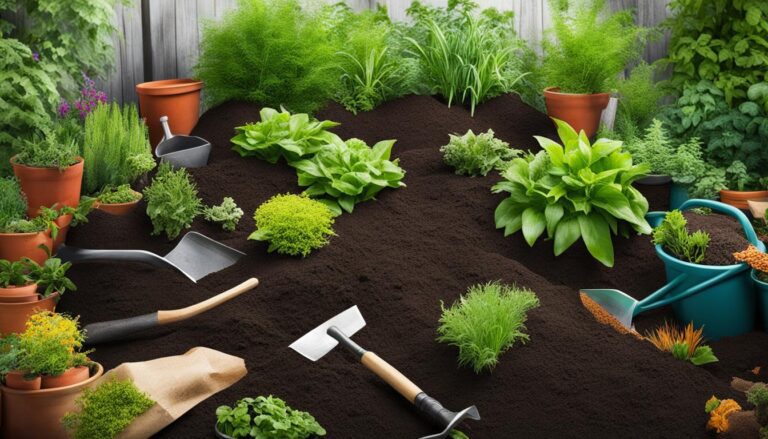
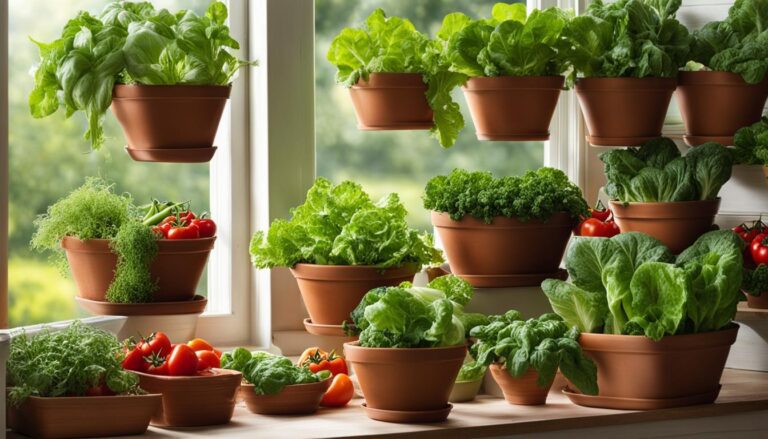
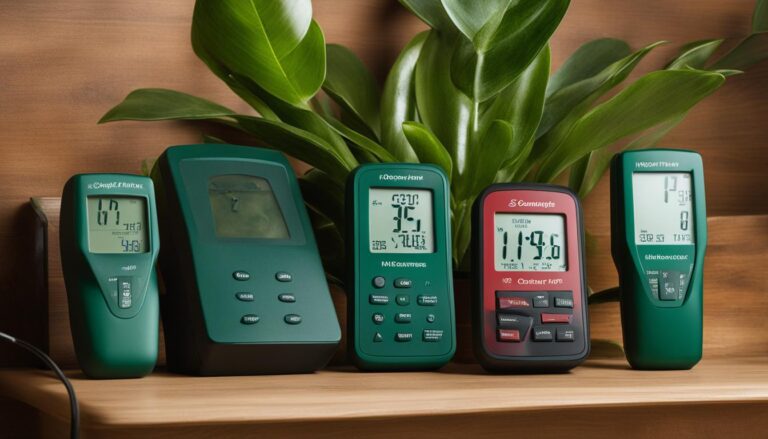
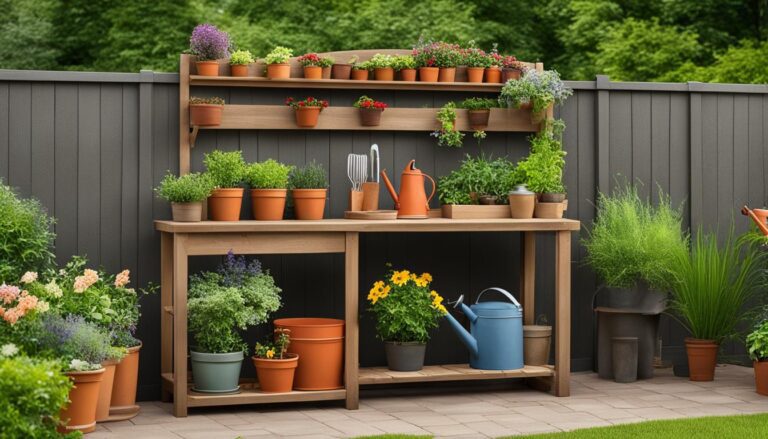
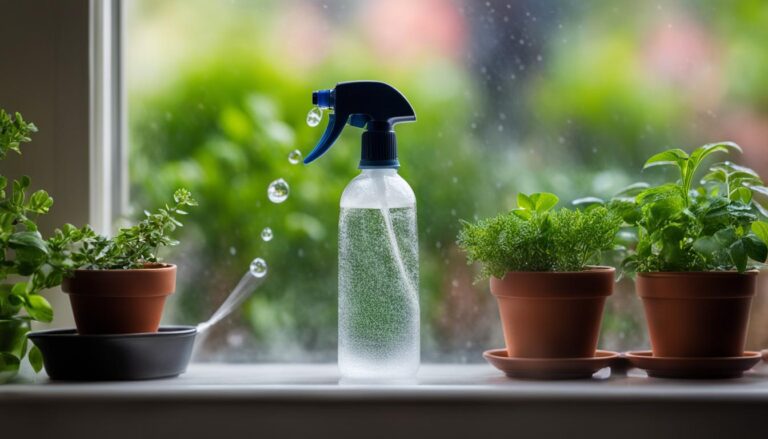
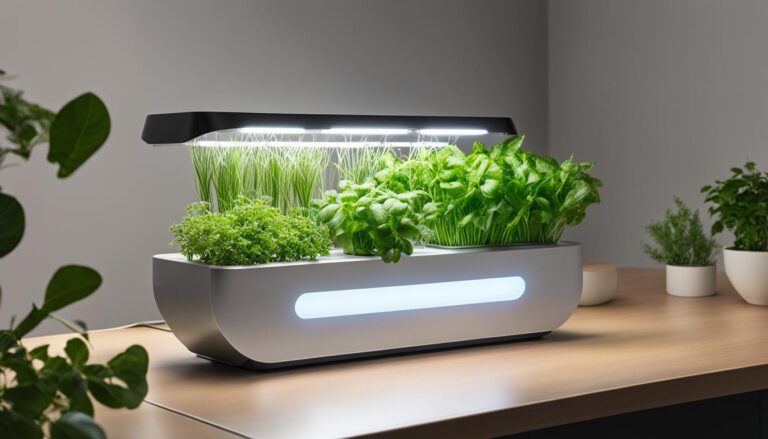
One Comment
Comments are closed.